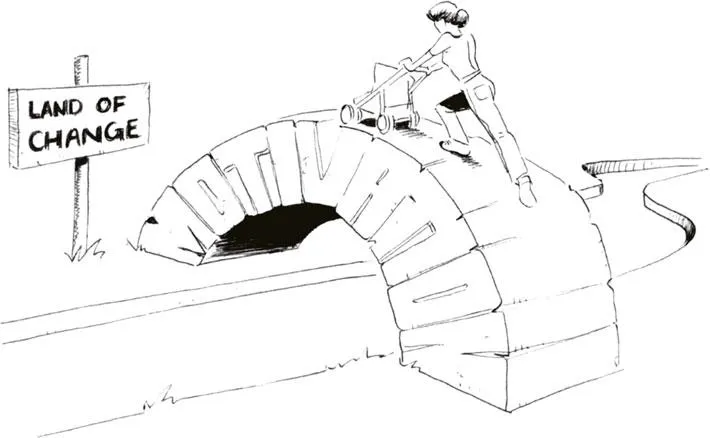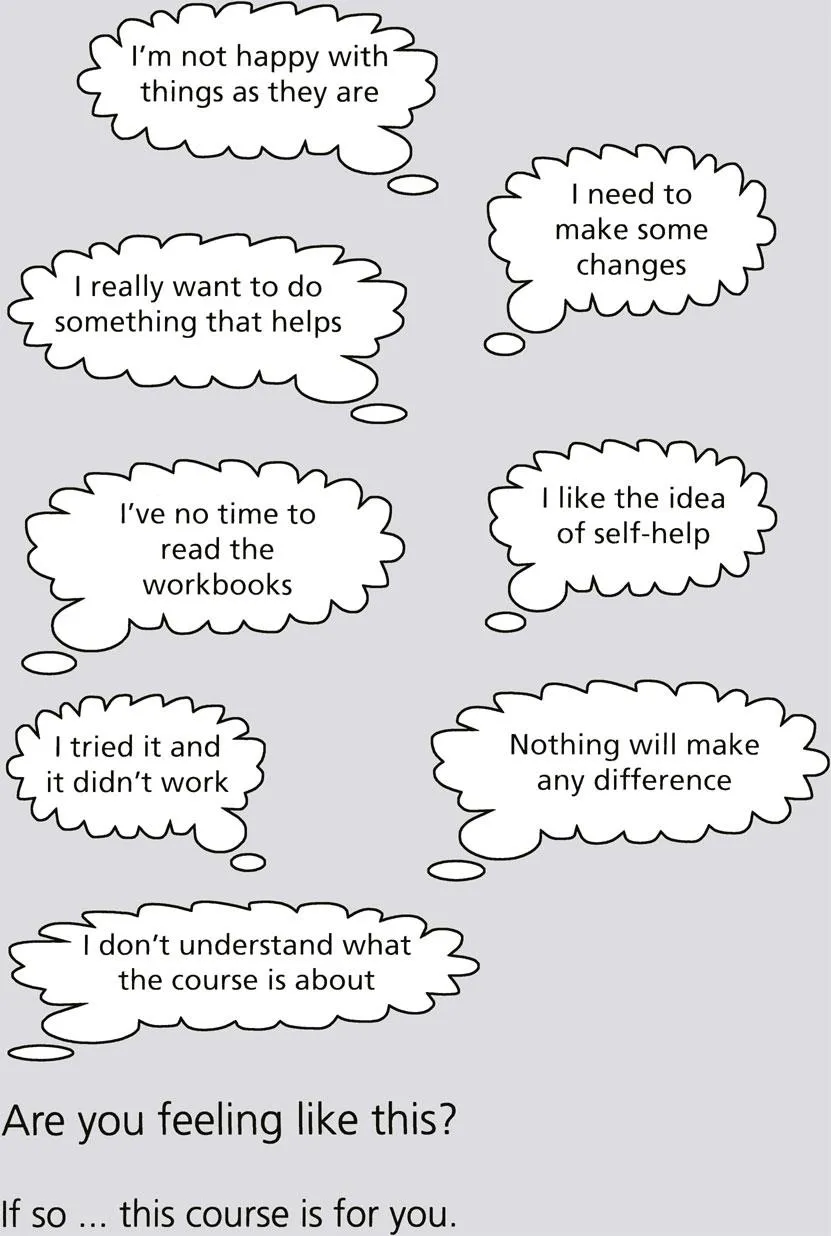
eBook - ePub
Overcoming Postnatal Depression: A Five Areas Approach
This is a test
- 392 pages
- English
- ePUB (mobile friendly)
- Available on iOS & Android
eBook - ePub
Overcoming Postnatal Depression: A Five Areas Approach
Book details
Book preview
Table of contents
Citations
About This Book
Overcoming Postnatal Depression uses the proven and trusted five areas model of cognitive behavioural therapy (CBT). By bringing together specialists in postnatal depression and with the use of self-help resources, this book addresses all the common challenges faced by women during times of low mood after having had a baby.
- CBT workbooks—easy to use, practical, photocopy them for use in your own life or job
- Written by award-winning authors and experts
- Proven to work—through years of research and practice
- Step-by-step success—follow the plan, see positive results
- Advice for friends and family—offers support
Invaluable, proven, practical, and easy-to-use workbooks for all CBT practitioners, psychiatrists, GPs, psychologists, neurologists, physiotherapists, occupational therapists, and healthcare workers to use to help the people in their care help themselves.A linked free online support course is located at www.livinglifetothefull.com with additional resources at www.fiveareas.com
Frequently asked questions
At the moment all of our mobile-responsive ePub books are available to download via the app. Most of our PDFs are also available to download and we're working on making the final remaining ones downloadable now. Learn more here.
Both plans give you full access to the library and all of Perlego’s features. The only differences are the price and subscription period: With the annual plan you’ll save around 30% compared to 12 months on the monthly plan.
We are an online textbook subscription service, where you can get access to an entire online library for less than the price of a single book per month. With over 1 million books across 1000+ topics, we’ve got you covered! Learn more here.
Look out for the read-aloud symbol on your next book to see if you can listen to it. The read-aloud tool reads text aloud for you, highlighting the text as it is being read. You can pause it, speed it up and slow it down. Learn more here.
Yes, you can access Overcoming Postnatal Depression: A Five Areas Approach by Chris Williams, Roch Cantwell, Karen Robertson in PDF and/or ePUB format, as well as other popular books in Psychology & Psychotherapy Counselling. We have over one million books available in our catalogue for you to explore.
Information
PART 1
Understanding why you feel as you do
Overcoming Postnatal Depression
A Five Areas Approach

Starting out … and how to keep going if you feel stuck

In this course you will:
• Learn how to get the most out of this course.
• Make a clear but flexible plan of when to use the workbooks.
• Discover how to overcome common blocks to change.
About the course
The workbooks in this course aim to help you understand why you feel as you do. They will teach you important life skills that will help you to turn the corner, and tackle your postnatal depression.
Why should you use these workbooks?
Often people use these workbooks because they want to find out more about why they feel as they do, and also how to make changes. You, the reader, are in control – and you can work on things at a time that suits you. Time and time again people are surprised to see the amount of change they can make themselves using a self-help approach.

These workbooks use an approach called cognitive behaviour therapy (CBT, a kind of talking treatment). Don’t worry though – there won’t be any more jargon like that in the rest of the course. But you need to know that the course uses the CBT approach. Lots of research has proved that self-help materials based on the CBT approach work well for problems such as depression and anxiety. And CBT self-help is recommended for use in the National Health Service (NHS) in the UK as a treatment for mild to moderate depression. Research on one of the other books in this series has also confirmed the effectiveness as a treatment for depression.
In this course, each workbook will teach you how to make changes in different areas of your life in clear, step-by-step ways.
Getting going
Well done! You’ve done something that quite a few people struggle to do – you are still reading.
It can sometimes seem really hard starting to change. Have you ever bought or been given a book or a DVD and never even opened it or taken the wrapper off? Using this course is no different. In fact, in some ways it’s harder because it’s not a book that’s there for entertainment. Instead these are workbooks – which aim to enable you to change how you feel.
What should I read first?
You usually start the course by working through these two workbooks:
• This one – Starting out.
• And then Understanding why you feel as you do.
The Understanding why you feel as you do workbook will help you to start working out how postnatal depression is affecting you. It will also help you decide which other workbooks you wish to work on.

Choose the workbooks you want to work on – making sure they deal with the problems/difficulties you are facing.
Developing a routine
Have you ever noticed how our surroundings can affect how we feel? For example, if you are used to having a snack while you watch television, sometimes just sitting in the same chair can make you feel hungry!
In the same way you might wish to set aside a particular place to complete the workbooks. For example, sitting on a chair at the kitchen table (your ‘workbook chair’) with a pen and some blank paper to jot down ideas as you read. It also makes sense to try to plan enough time so that you can get really involved in the workbook – preferably half an hour or so, if you feel you have sufficient energy and concentration for this.
Planning how and when to use the workbooks
It is often helpful to actively plan completing the workbooks into your day and diary rather than just ‘trying to fit it in some time’. The best plans say:
• What you are going to do.
• When you are going to do it.
and
• Predict things that might block or get in the way of you doing this.
You may find the following Planning task helpful in making this regular commitment. Please use it to help plan how to use the next key workbook: Understanding why you feel as you do. This workbook will help you decide which other course workbooks you might need to use.
Your plan to use the workbooks


Write the day and time when you plan to do this here:
Is reading some of it every day practical for you? If not every day, is every other day more realistic? Many people with low mood notice they feel at their worst first thing in the morning. So you might find that the best time for you to read the workbooks is after lunch, in the late afternoon or in the early evening. Think about what you know of your baby’s routine or you could pick a time when others are around to help look after your baby.

Write down your plan of how much you will r...
Table of contents
- Cover
- Half Title
- Title Page
- Copyright Page
- Table of Contents
- Introduction
- Part 1 Understanding why you feel as you do
- Part 2 Making changes